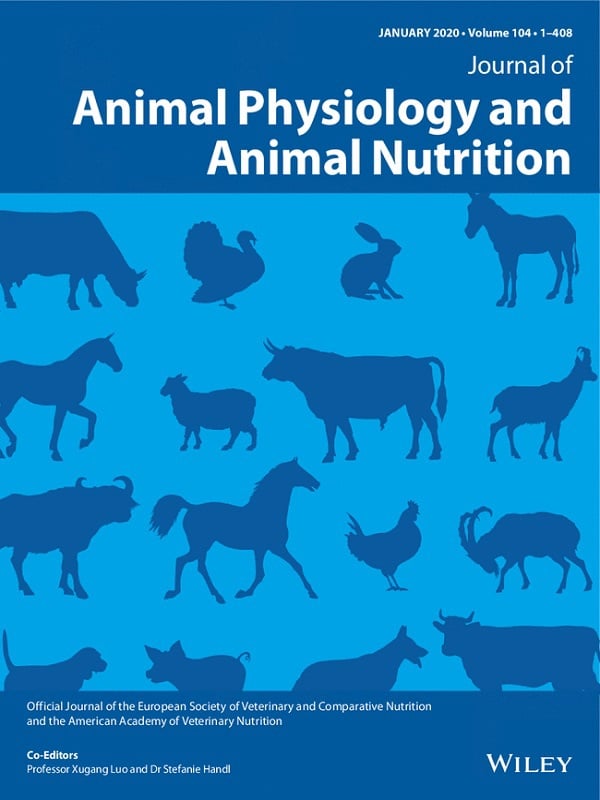
Review: Unlocking the limitations of urea supply in ruminant diets by considering the natural mechanism of endogenous urea secretion
K.Nichols, I.P.C.de Carvalho, R.Rauch, J.Martín-Tereso
Trouw Nutrition R&D, P.O. Box 299, 3800 AG Amersfoort, the Netherlands
- Ruminants
- 2022
- Open Access

Highlights
- Urea recycling has potential to improve nitrogen efficiency of ruminants.
- Low rumen ammonia concentrations stimulate productive ruminal use of recycled urea.
- Dietary nitrogen should be supplied in such a way that supports urea recycling.
- Postruminal delivery may expand the use of urea as a ruminant feed ingredient.
- Further understanding of urea absorption, metabolism, and recycling is warranted.
Abstract
Ruminants have evolved with the capability to recycle endogenous urea to the gastrointestinal tract (GIT). Ruminal ammonia derived from urea recycling makes a net contribution to digestible N flow if it is used to synthesise microbial protein. The dynamics of urea recycling and its quantitative importance to the N economy of ruminants are affected by dietary and physiological factors. In general, the transfer of endogenous urea to the GIT is related positively to blood urea concentration and rumen-fermentable energy supply and negatively to ruminal ammonia concentration. After consumption of a meal rich in rumen-degradable N, ruminal ammonia concentrations peak and can exceed the rate of carbohydrate fermentation, resulting in inefficient ammonia capture by microbes. These periods are characterised by greater ruminal ammonia efflux and reduced urea influx. A low ruminal ammonia concentration over time can stimulate recycling of endogenous urea-N to the rumen and its capture into microbial protein and reduce N excretion. Shifting protein digestion to the postruminal GIT can reduce ruminal ammonia concentration and increase plasma urea concentration, conditions that should promote greater reliance on urea recycling to meet N requirements of the rumen. Their ability to use non-protein N, of dietary or endogenous origin, to synthesise metabolisable protein and subsequently meat and milk contributes positively to the human-edible protein efficiency of ruminants. Dietary urea is rapidly degraded to ammonia in the rumen, and high rates of ammonia absorption across the rumen wall when a urea-rich meal is consumed can lead to hypophagic and toxic effects associated with urea feeding. Non-protein N absorbed in the postruminal GIT can contribute substantially to net urea and ammonia uptake into the portal vein, which reflects the potential for targeted urea release in postruminal sections of the GIT. In this review, we suggest that the regulation of urea recycling to the rumen is a critical step towards improved efficiency of ruminal N utilisation. We describe an approach by which postruminal urea supplementation, as an alternative to its ruminal application, may allow a slow and steady return of N to the rumen, avoid peaks in ammonia concentration associated with feeding, confer a greater and more efficient microbial synthesis, and improve fibre digestion compared with conventional urea supplementation.
Keywords
- Nitrogen efficiency
- Nitrogen recycling
- Postruminal
- Rumen
- Ruminal ammonia
